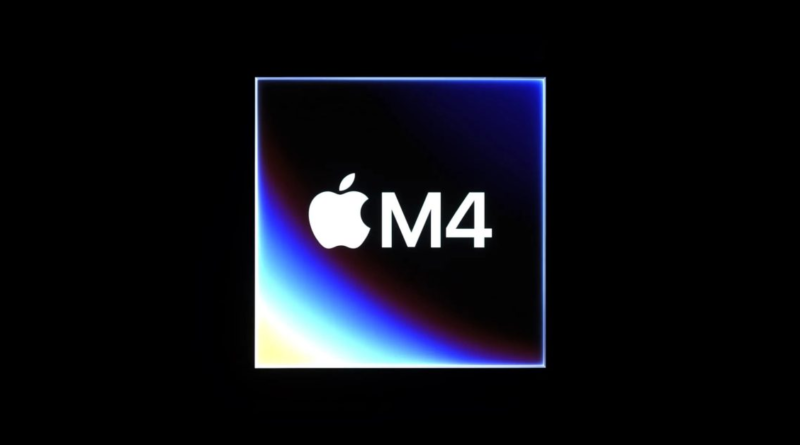M4 already? Here’s why Apple is abandoning the M3 chip so fast – 9to5Mac
One of the biggest surprises from Apple’s ‘Let loose’ event was the arrival of a new M4 chip in the iPad Pro. It may not have been quite as surprising as Apple originally hoped, but heading into the event there was still a lot of doubt and no real consensus on what chip would power the new iPad Pro.
Yet Apple made the bold move of shipping the very first M4 chip in the iPad. Leaving us all to wonder: why? And what exactly is wrong with the M3 line?
Leading up to the iPad Pro’s announcement, M4 doubters had a pretty strong case on their side. The M3 had just launched last October, for starters. Also, the M3 version of Apple’s most popular Mac, the MacBook Air, was released barely two months ago. Surely we were going to ride out the M3 era for a while, right?
Besides all of that, why would Apple debut the M4 in an iPad of all devices? It would be a first, and especially strange timing considering the recent Mac launches.
So what happened?
Apple hasn’t provided an exact reason for moving to the M4 so quickly, but it’s pretty easy to put the pieces together based on what has been shared.
Both in the keynote and on its press newsroom, Apple explicitly chose to call out a revealing detail about the M4 chip.
From the M4 announcement:
Built using second-generation 3-nanometer technology.
The M3 chip and its siblings were the first Apple silicon generation to use a 3-nanometer fabrication process. But that process was clearly lacking, as the M4 arrives via an entirely new, reconfigured method.
This isn’t altogether unsurprising. Last April, reports surfaced that Apple’s initial move to a 3-nanometer process for its chips was causing noteworthy yield issues for what would eventually become the M3 line.
Per EE Times:
Taiwan Semiconductor Manufacturing Co. (TSMC) is straining to meet demand from top customer Apple for 3-nm chips. The company’s tool and yield struggles have impeded the ramp to volume production with world-leading technology, according to analysts surveyed by EE Times
There are some correct facts here, but the “trouble in 3NM” is almost certainly wrong.
John Siracusa of the ATP podcast has been doing a pretty good job over the past year explaining these chips. (I am sure there are others, but I am not a chip geek.)
The M3 chip was built on TSMC’s N3B process, but that was always known to be more expensive than the not-quite-ready N3E process (i.e. the 2nd generation process). N3B has some technical advantages over N3E, but because of the costs N3E was expected to be the industry standard and used for the M4 chips.
Now that N3E is ready, Apple is I am sure more than happy to jump to the new process for savings. The actual question is likely more why did Apple chose to even move the M3 to 3NM, given the presumably-higher fab costs and a chip design that won’t stick around for very long.
Apple moving on from the M3 so quickly, while highlighting that the M4 uses second-generation 3-nanometer tech, all points to some clear ongoing problems with the original M3 fabrication process. It seems there were continuing inefficiencies and yield issues with that original process, and Apple wasn’t content dealing with those problems any longer.
In summary, moving to the M4 not only means that Apple customers get a more powerful chip in their devices. It also allows Apple to minimize the losses associated with manufacturing the M3.
The original 3-nanometer process was plagued by poor performance, and Apple is wasting no time cutting its losses and embracing something better.
The M3 itself is still a remarkable chip, and anyone using an M3-powered Mac should have no concerns about its reliability or capability moving forward. But Apple wasn’t pleased with the friction it encountered when making the chip, so it’s moving on to a better process and, along with it, a better chip.
FTC: We use income earning auto affiliate links. More.
Check out 9to5Mac on YouTube for more Apple news:
Ryan got his start in journalism as an Editor at MacStories, where he worked for four years covering Apple news, writing app reviews, and more. For two years he co-hosted the Adapt podcast on Relay FM, which focused entirely on the iPad. As a result, it should come as no surprise that his favorite Apple device is the iPad Pro.
Manage push notifications

